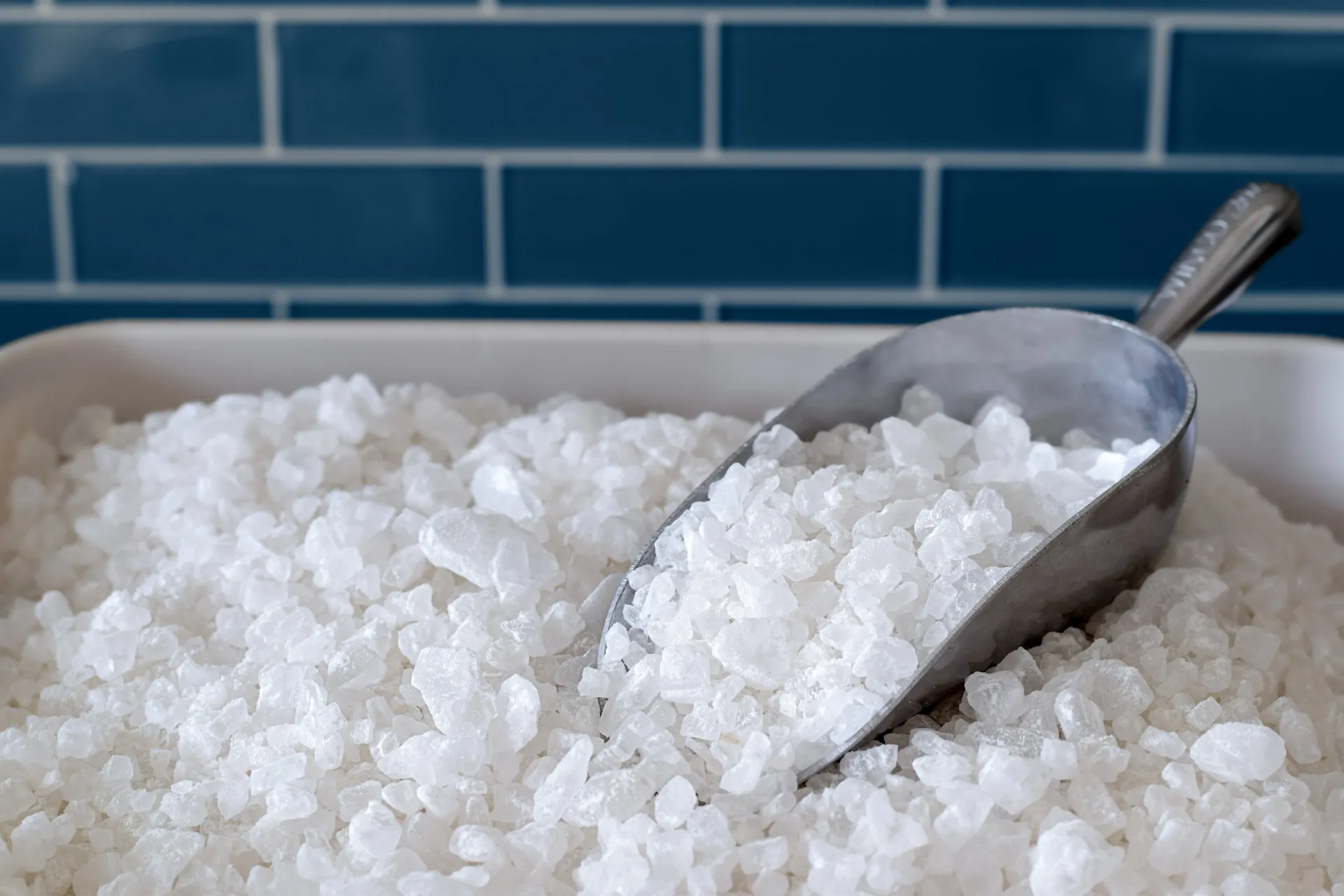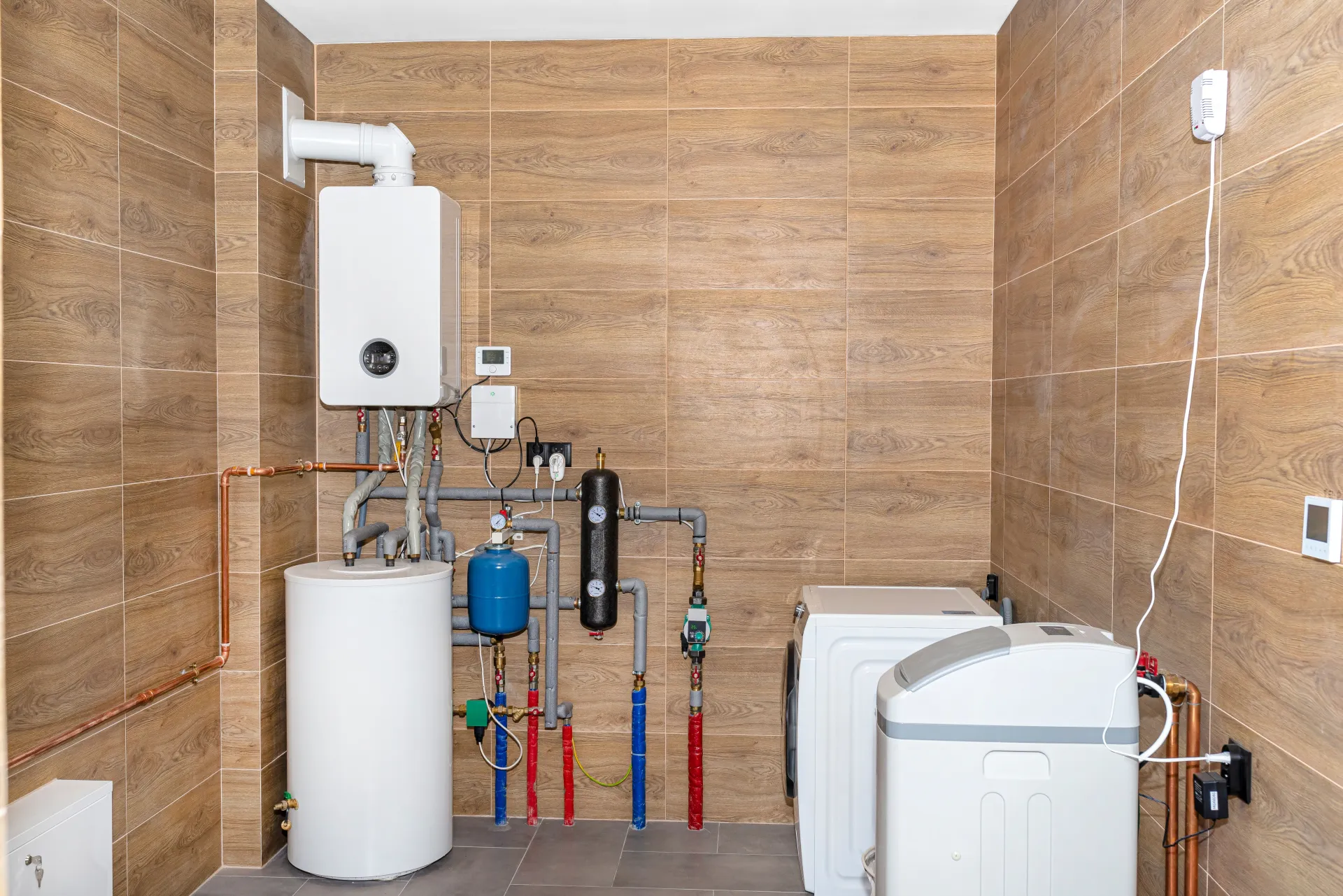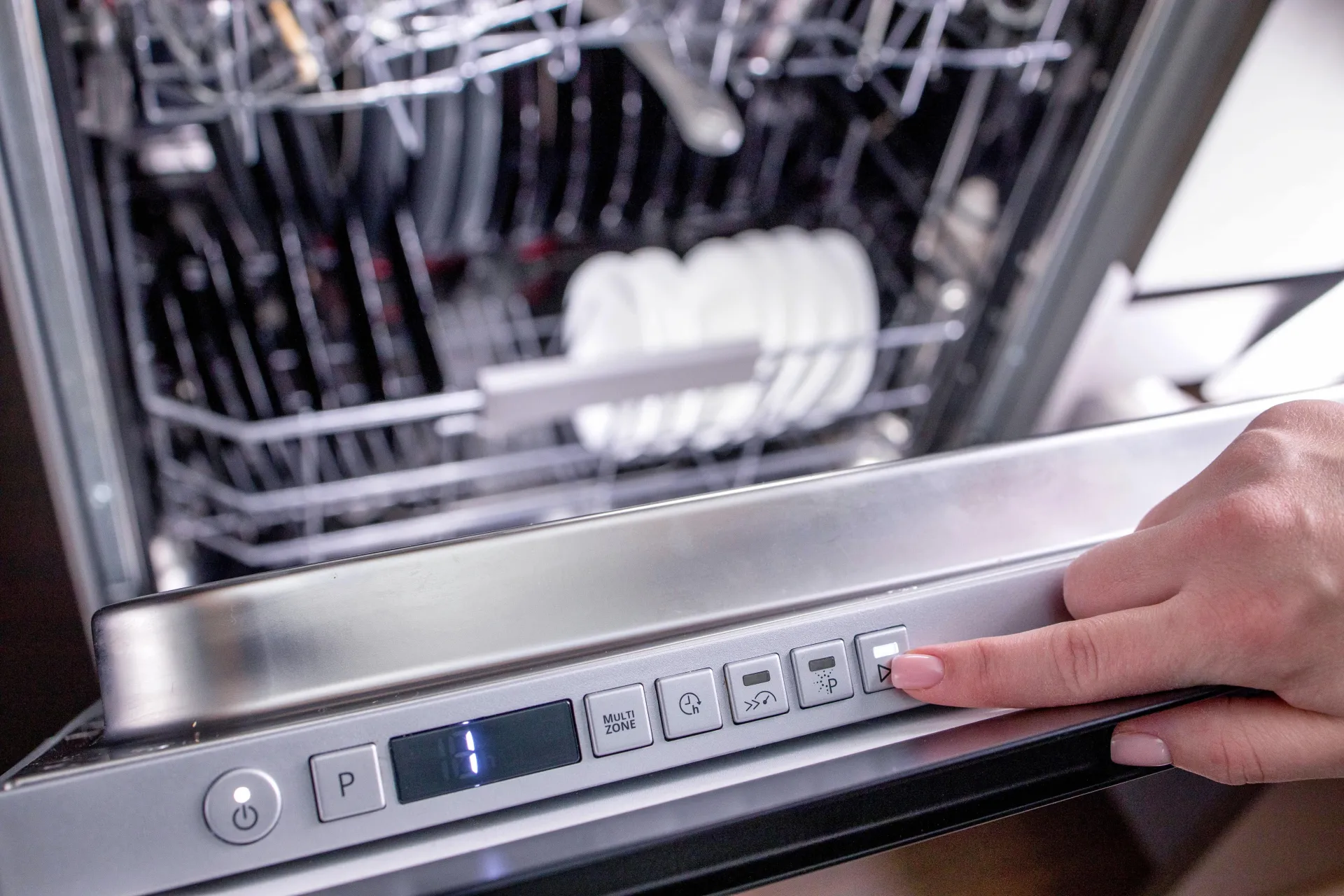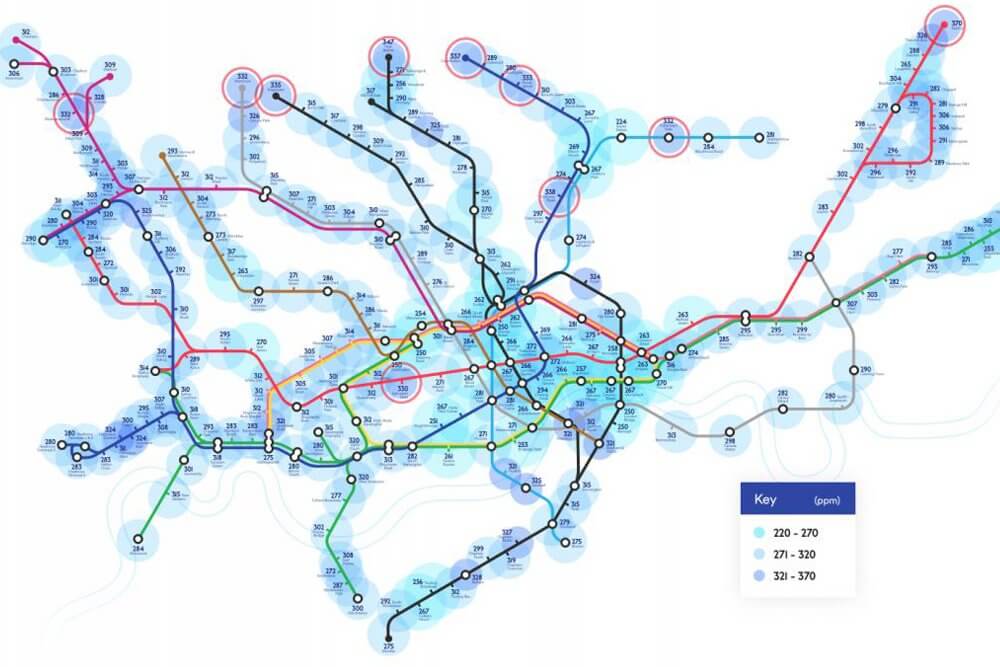
How hard is London Water?
The majority of London itself is supplied by Thames Water, however the hardness level itself is typically dictated by a number of geographical factors, most notably when water percolates through deposits of limestone or chalk which is largely made up of calcium and magnesium carbonates, bicarbonates and sulfates.
However, a number of other water suppliers including Essex & Suffolk Water, Affinity Water and South East Water are also responsible for certain regions towards the outer zones of the city.
Does the hardness vary throughout the capital?
It does indeed! While London has some of the hardest water in the UK, the severity of hardness does vary across the city and we wanted to find out where in the capital had the hardest water. And what better way to display our findings? With a London Underground hard water map, of course.
The results below are based on parts per million (ppm) readings which measures the severity of water hardness. Readings of over 200ppm suggest that the water supply should be considered hard.
This data is based on the readings from more than 42,000 property visits and installations we have conducted over the past 12 months. We have utilised the 270 stations of the London Underground network to display postcode data; for example Epping Station (CM16).
The ten hardest water locations were as follows:
- Epping (CM16) – 370ppm
- High Barnet (EN5) – 347ppm
- Holloway Road (N7) – 338ppm
- Cockfosters (EN4) – 337ppm
- Edgeware (HA8) – 335ppm
- Arnos Grove (N11) – 333ppm
- Stanmore (HA7) – 332ppm
- Rickmansworth (WD3) – 332ppm
- Tottenham Hale (N17) – 332ppm
- Lancaster Gate (W2) – 330ppm
Each of the locations have been highlighted in red on the map above.
It turns out that the area surrounding Epping Station in Essex (Central Line) had the hardest water supply throughout the entire network at 370ppm, followed by High Barnet on the Northern Line (347ppm) and Holloway Road (Piccadilly Line) at 338ppm.
At the end of the spectrum, it was Seven Sisters (224ppm), Warren Street (250ppm) and London Bridge (250ppm) that had the least hard water. However, with readings still comfortably above 200ppm it remains hard! To give you some reference, Edinburgh’s water supply is just over 10ppm – one of the softest in the UK.
Is there a North v South of the river divide?
Of course, we couldn’t do some London-focused research without considering the North v South Debate.
With just 29 stations south of the river compared to more than 200 north of the Thames, it was always going to be tricky to get a direct comparison, however looking at the averages it was the north London’s water quality which was slightly better, with an average of 293ppm, while the south had 296ppm.
How hard is your water?
While this research provides a guide for Greater London, our water quality test can provide you with a rough ppm estimate for your area; here are some of the most common London water quality tests:
- Central London water quality
- East London water quality
- North London water quality
- North West London water quality
- South East London water quality
- South West London water quality
- West London water quality
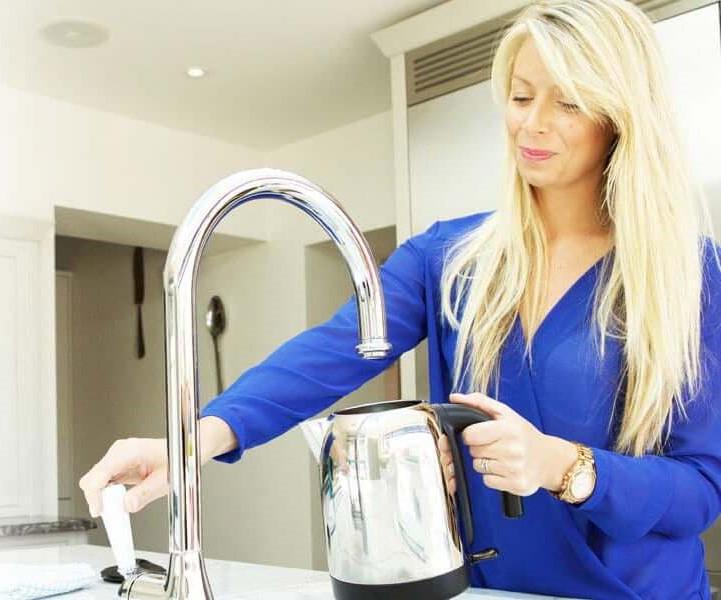
What impact does hard water have on your home?
If you have hard water in your home, it could affect the lifetime of your household appliances due to a build-up of limescale over time. Water softeners remove minerals from your water supply and drastically reduce the amount of limescale in your home.
Click to find out more about the effects of hard water and learn about the visible and invisible impact of hard water on your home.
Get in touch with us today and learn more about the benefits of a Harvey water softener.
